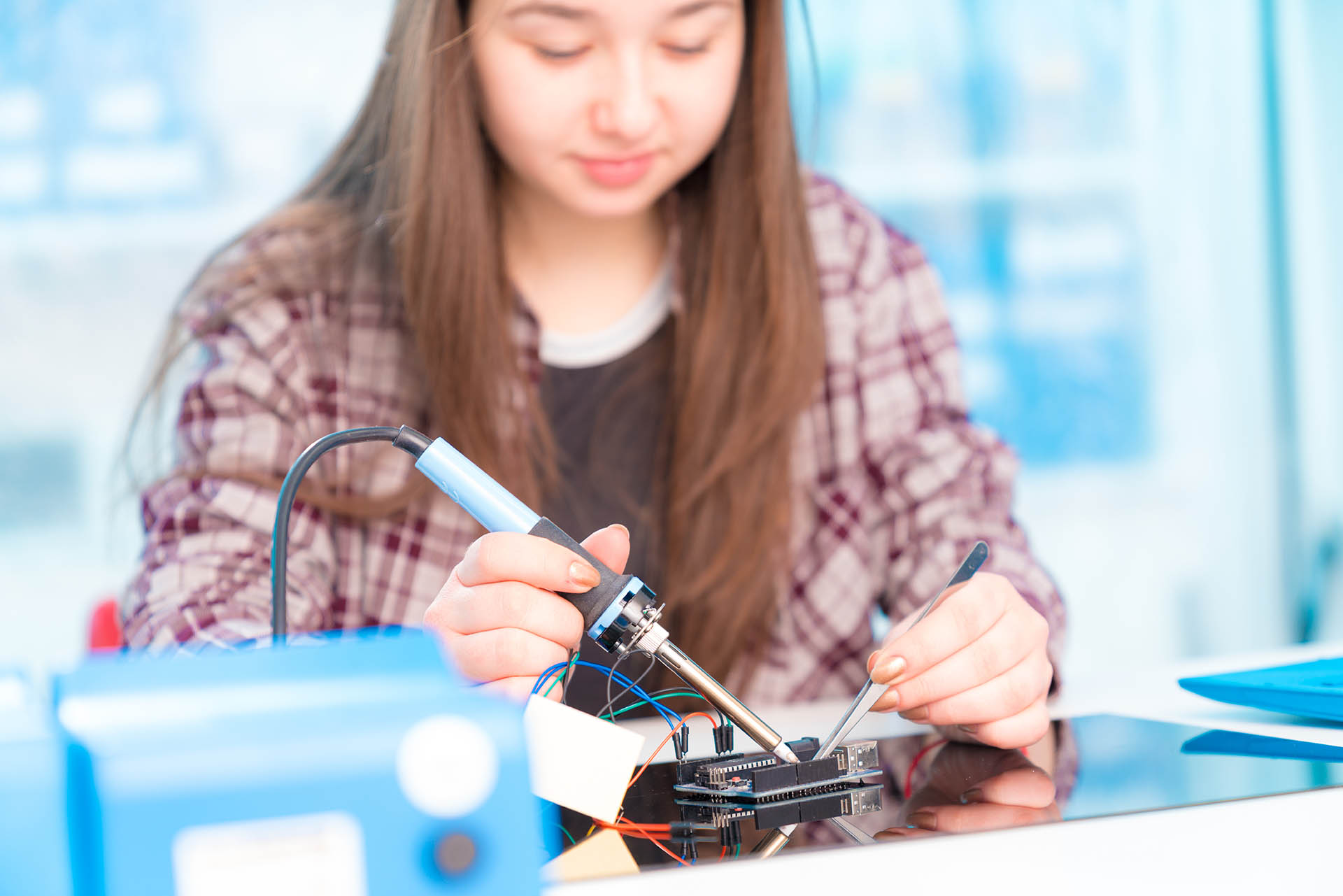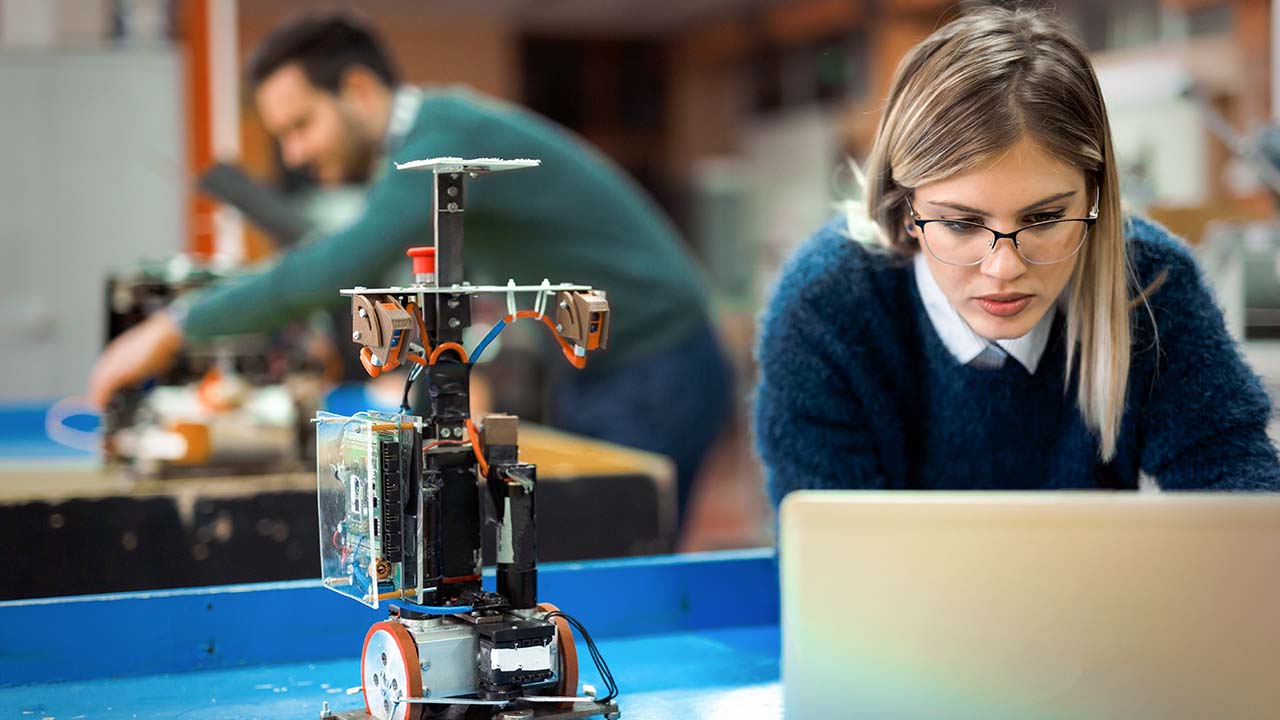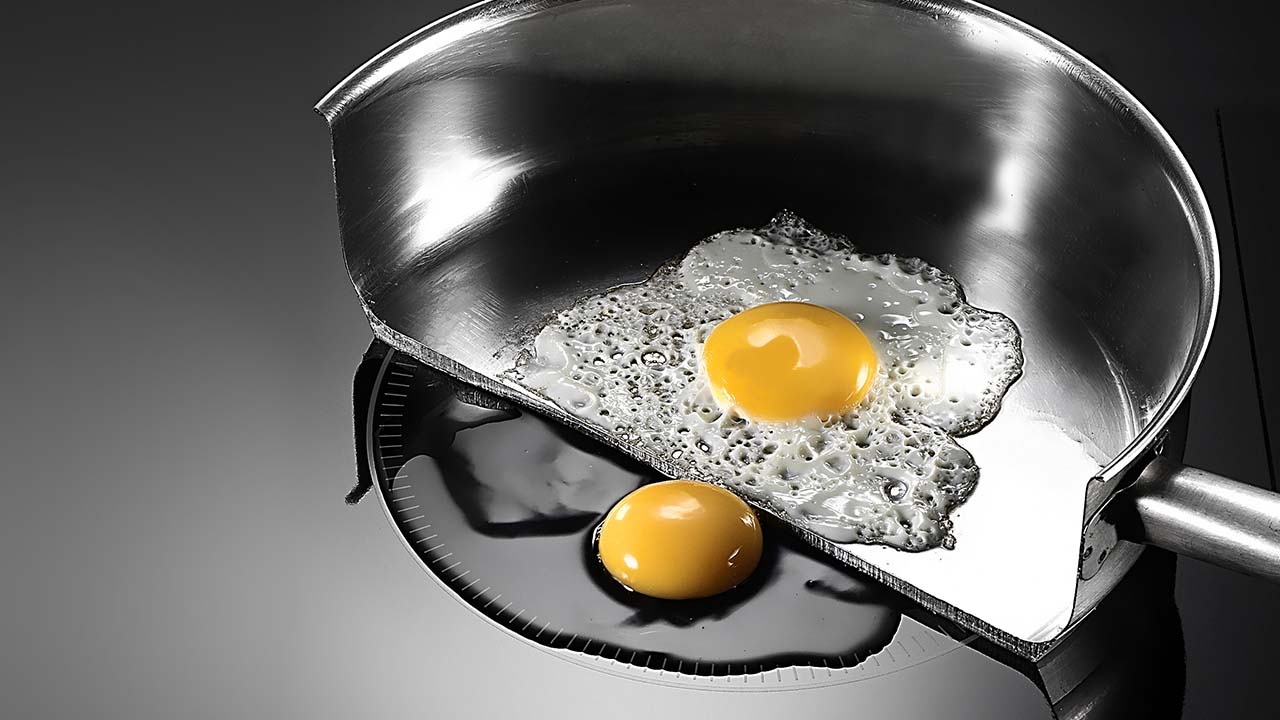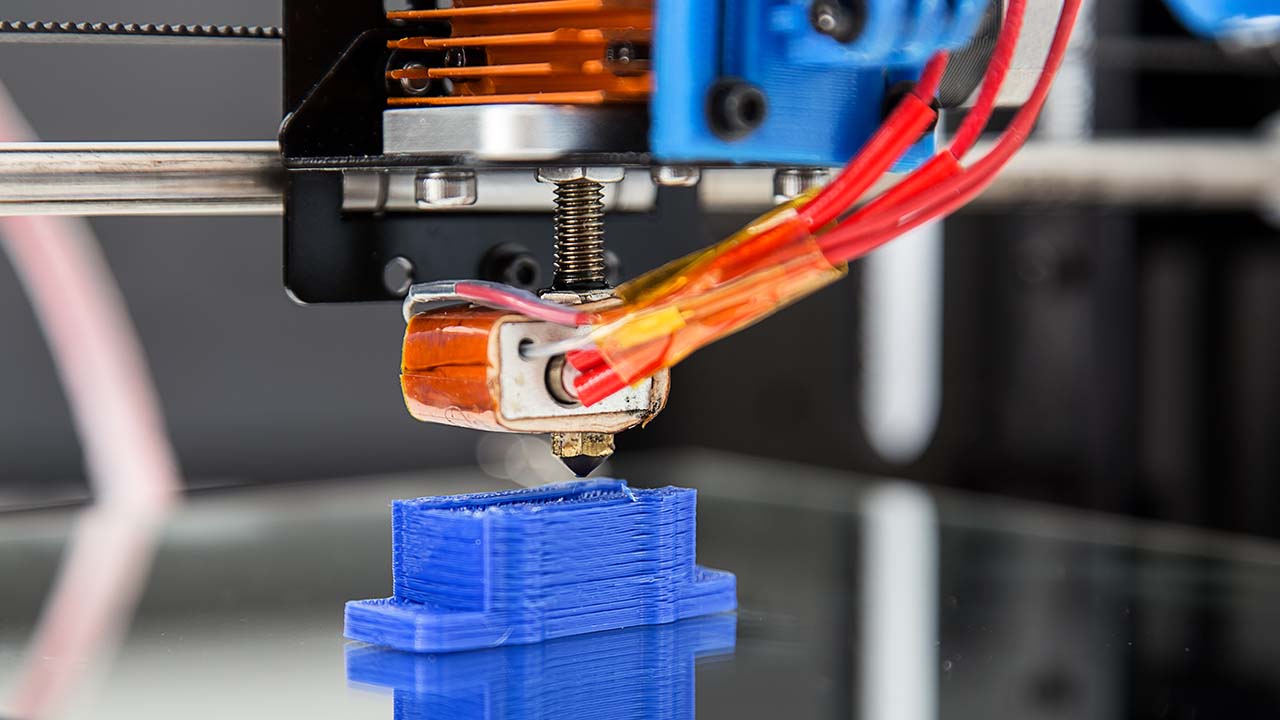Introduction to Engineering
$995.00 – $2,850.00
Introduction to Engineering
This STEM course is a basic introduction to engineering for all students. Students who complete this course will learn the concepts necessary in order to develop their ideas into solutions that will improve our lives. Exciting hands-on learning activities like data comparison of heart rates, rating consumer products, destructive testing and building speakers apply math, science, history and English content from other courses in a STEM experience. This course makes science and mathematics more engaging, interesting, concrete, and relevant. The course’s intention and purpose is to educate students in a “main line” method providing STEM education for everyone. While providing a STEM based education for all students, those interested in becoming practicing engineers clearly benefit from this course content.
144-225 Clock Hours Total (AVG: 185 Hours)
Course supplies and widgets are not included in the subscription cost. Materials can be sourced on your own.
Individual Units in this Course:
What is Engineering?
Engineering is problem solving, plain and simple. However, how you solve the problem requires information, analysis, and the ability to see where the problem lies. This unit allows students to explore how this can be done with a simple stress test that will get your students up and moving. The problems come up during this assignment are real. How would could they be solved? What technology already solves them?
Time: 4-7 HoursKick out the Ladder
Honda has a saying, wait until someone gets half-way up the ladder, then kick it out from underneath them. Why? To get them to think differently. We suggest this unit as you start your new semester, try something different.
- Kick Out the Ladder
Time: 1 Hour
Introduction to Electromagnetism and Induction
Nothing is more exciting than watching Electromagnetism at work. Taking something invisible and having the students explore it to the point of mastery is a worthy experience for any student. Being able to make a speaker is just icing on the cake. With such experience, what could the possibilities be?
- Introduction to Electromagnetism and Induction
- Magnets and Electromagnets
- Faradays Electromagnetic Lab
- Building a Foam Plate Speaker
- Speaker/Ear Research
Time: 7-8 Hours
History of the Early Engineering Disciplines
Bridges, the oldest form of Engineering there is. How does one get from here to there safely? West Point Bridge Builder is a joy to play with, and with it, students explore the world of Civil Engineering, Construction, and Welding. How we save water in the age of global warming could not be more topical.
- Bridge Designer
- How Can We Save Water?
Time: 6-10 Hours
Fluid Power 2.0
This unit includes simple experiments for students that illustrate how pressure distributes itself in a closed system. Students also work to determine ratios between similar and dissimilar volumes acting on one another.
- Pneumatics experiments
- Hydraulics experiments
Time: 4 Hours
Failure: The Secret to Success
This has been hailed by parents as the best lesson they have seen. Getting your students to understand it is okay to fail is going to be your biggest challenge. Show them how professionals deal with it every day and allow your students to explore their own failures. Show them failures should be embraced and even celebrated.
Student Activities:
- Paper Bridge
- Failure: The Secret to Success
Time: 1 Hour
Engineering Disciplines
How are Engineering jobs going to change in the future? Will robots take most of the jobs out there? How much problem solving will all jobs need now? This is an opportunity for students to explore this question, and, possibly, see where their skills and their interests will place them in the Engineering world.
- Design and Materials Evolution
Time: 4-6 Hours
Engineering Communications 2.0
Taking up where the last unit left off, now the student is ready to communicate using drawings. The following lessons give the student a wide array of practice in how they can show what their design should look like. These two units form the basis of how students should communicate their ideas through their resume worthy work.
- Lesson 1: Sketching Challenge
- Lesson 2: Equipment Use #1
- Lesson 3: Equipment Use #2
- Lesson 4: Yellow Block Drafting Plate #1
- Lesson 5: Blue Drafting Plate #2
- Lesson 6: Green and Violet Drafting Plate #3
- Lesson 7: Red & Orange Drafting Plate #4
- Lesson 8: Pastel Yellow V-Block and Pastel Blue Angle Block Plate Lesson
- Lesson 9: Pastel Green & Pastel Violet Plate
Time: 8-10 Hours
Design and Modeling
Everything for the year comes to a head with the designing of the Solar Car. Groups can use their communication skills, their research skills, their teamwork, and their knowledge of history to create a design of a car that could really work. All aspects of this unit have huge implications for the future. Not to mention the resume worthy work this unit provides.
- Solar Car assignment
Time: 10-15 Hours
Basic Electricity 2.0
Electricity is a big mystery to people. They hear it is dangerous, they know that they can flip on a switch to get it, but very few know what happens once that switch or circuit is now open. What is Ohm’s law? How does a switch work? How about you create a game that allows you to see everything work? Do not sleep on introducing the equations of Ohm’s law and have students use them to understand what is going on in that circuit.
- First Circuit
- Circuit with Switch
- STEM Operation!
Time: 3-6 Hours











